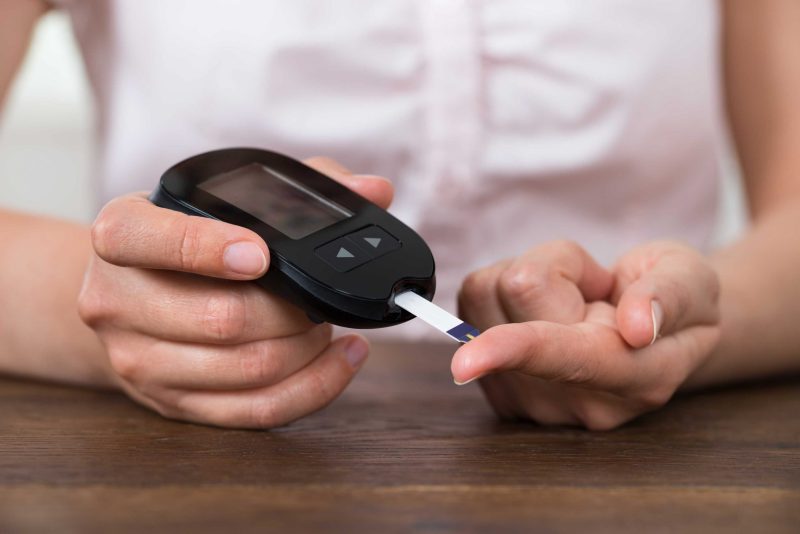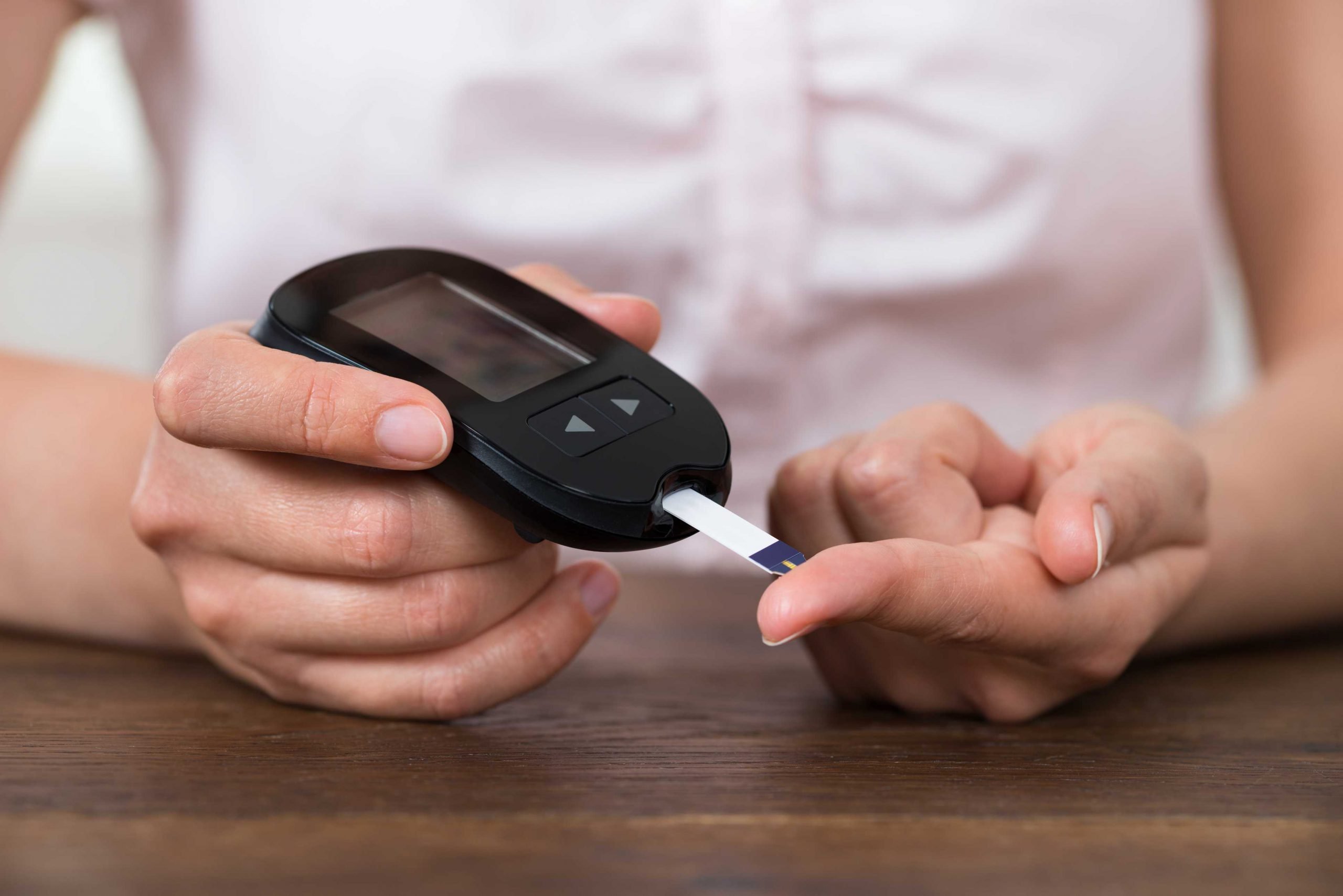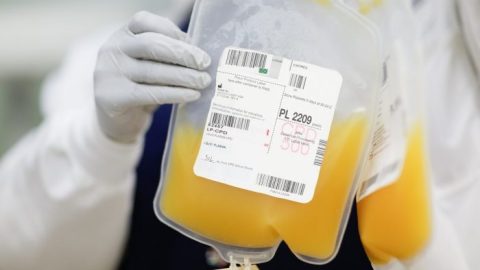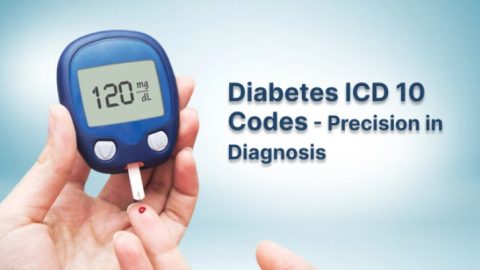Understanding your blood sugar levels is one of the most important parts of managing diabetes and overall metabolic health. While most people are familiar with terms like fasting glucose or A1C, the concept of Estimated Average Glucose (eAG) often remains less understood. Yet, this simple number can make interpreting your A1C results easier and help you take control of your health in a practical way.
The estimated average glucose (eAG) converts the percentage-based A1C result into the same units (mg/dL or mmol/L) that people see on their glucose meters. This makes it easier to visualize how your daily blood sugar patterns relate to long-term trends. By knowing your eAG, you can better understand how well your diabetes management plan is working and where you might need adjustments.
In this guide, we’ll explore everything about eAG — from what it means, how it’s calculated, the normal ranges, and what affects it — to practical tips on how to lower or maintain healthy glucose levels naturally.
What Is Estimated Average Glucose (eAG)?

Definition and Purpose
Estimated Average Glucose (eAG) is a calculation that translates your A1C value into an average blood sugar level. It represents the approximate mean glucose concentration over the past two to three months — the same period reflected by the A1C test.
For example, if your A1C result is 7%, your eAG is about 154 mg/dL (8.6 mmol/L). This translation helps you understand what your average daily blood sugar might look like, using a unit that matches your glucose meter readings.
The eAG system was introduced by the American Diabetes Association (ADA) and International Federation of Clinical Chemistry (IFCC) to make diabetes results more understandable for patients. Instead of a percentage (like 6.5% or 8%), you see a value like 140 mg/dL — which is easier to relate to.
How eAG Is Calculated
The Formula
The most widely accepted formula to calculate eAG from your A1C result is:
eAG (mg/dL) = (28.7 × A1C) – 46.7
For those using mmol/L:
eAG (mmol/L) = (1.59 × A1C) – 2.59
Example Conversion Table
| A1C (%) | eAG (mg/dL) | eAG (mmol/L) |
|---|---|---|
| 5.0 | 97 | 5.4 |
| 6.0 | 126 | 7.0 |
| 7.0 | 154 | 8.6 |
| 8.0 | 183 | 10.2 |
| 9.0 | 212 | 11.8 |
| 10.0 | 240 | 13.4 |
Why It Matters
This conversion helps patients visualize what their A1C really means in daily life. For instance, if your eAG is consistently around 150 mg/dL, you can aim to bring it down closer to 120 mg/dL through diet, exercise, and medication adjustments.
Normal Range of Estimated Average Glucose
For Non-Diabetic Individuals
A normal eAG range for people without diabetes typically falls between 70 and 126 mg/dL (3.9–7.0 mmol/L). This reflects the healthy balance between glucose intake, insulin response, and overall metabolism.
-
Fasting glucose: Usually under 100 mg/dL
-
Post-meal glucose: Typically less than 140 mg/dL
-
A1C equivalent: Around 4.8%–5.6%
For People with Diabetes
The ADA recommends maintaining an A1C below 7%, which translates to an eAG of about 154 mg/dL (8.6 mmol/L). However, personalized targets may vary depending on age, health conditions, and treatment goals.
-
Good control: eAG 126–154 mg/dL (A1C 6–7%)
-
Moderate control: eAG 155–183 mg/dL (A1C 7–8%)
-
Poor control: eAG > 183 mg/dL (A1C > 8%)
For Older Adults or Specific Health Conditions
For older adults or people with cardiovascular risks, the target range may be slightly higher (e.g., A1C 7.5–8%, or eAG up to 183 mg/dL) to reduce the risk of hypoglycemia.
The Relationship Between eAG and A1C
How They Connect
A1C and eAG measure the same thing — average blood glucose over several weeks — but they express it differently. The A1C is shown as a percentage of glycated hemoglobin, while eAG uses glucose units familiar to glucose monitoring devices.
The higher your A1C percentage, the higher your eAG will be. This relationship allows healthcare professionals to easily translate between the two and communicate your results more clearly.
Why This Conversion Helps Patients
Before eAG was introduced, patients often struggled to interpret their A1C results. For example, someone told they had an A1C of 8% might not realize that this equates to an average glucose level of 183 mg/dL — significantly above normal. eAG bridges that gap, allowing patients to see how daily glucose fluctuations add up over time.
Factors Affecting Estimated Average Glucose
1. Diet and Nutrition
Your carbohydrate intake has the most direct impact on your glucose levels. Refined sugars and high-glycemic foods can cause rapid spikes, while fiber-rich foods and complex carbs help maintain stable eAG levels.
Balanced meals that combine carbohydrates, protein, and healthy fats can prevent sudden surges in blood sugar. Portion control and carbohydrate counting are key strategies for diabetic management.
2. Physical Activity
Exercise improves insulin sensitivity and helps your cells use glucose more effectively. Regular aerobic activities like walking, swimming, or cycling can significantly lower eAG over time.
Even short bouts of movement — like a 10-minute walk after meals — can reduce glucose spikes and help maintain healthy averages.
3. Medication and Insulin
For people with diabetes, oral medications or insulin therapy play a critical role in controlling glucose levels. Irregular dosing, missed medication, or incorrect insulin use can cause fluctuations that increase your eAG.
Healthcare providers often adjust medications based on your eAG trends to optimize your treatment plan.
4. Stress and Hormones
Stress triggers hormones like cortisol and adrenaline, which can raise blood glucose levels. Chronic stress or poor sleep may keep your eAG consistently higher than expected, even with good diet and medication control.
Relaxation techniques — such as yoga, meditation, or deep breathing — can help stabilize your glucose responses.
5. Health Conditions and Genetics
Certain medical conditions, such as thyroid disorders, liver disease, or anemia, can affect A1C and eAG accuracy. Genetic differences also play a role in how efficiently your body metabolizes glucose.
Regular testing and consultation with a healthcare provider help interpret results accurately in the context of your overall health.
Why eAG Is Important for Diabetes Management
Easy to Understand
The eAG simplifies diabetes monitoring by expressing your long-term glucose control in familiar terms. Instead of abstract percentages, you get a number similar to what your glucose meter shows daily.
Better Tracking and Goal Setting
By monitoring both daily glucose and eAG trends, you can identify patterns — such as consistent post-meal spikes or overnight highs — and adjust your habits accordingly.
Helps Prevent Complications
Maintaining a healthy eAG helps prevent serious complications like neuropathy, retinopathy, kidney disease, and heart problems. Consistently high averages indicate the need for tighter glucose control.
How to Lower Your Estimated Average Glucose
1. Focus on Whole, Unprocessed Foods
Replace sugary snacks and refined carbs with vegetables, whole grains, lean proteins, and healthy fats. Foods rich in fiber, such as beans, oats, and leafy greens, slow glucose absorption and improve overall eAG.
2. Exercise Consistently
Aim for at least 150 minutes of moderate activity per week, such as brisk walking, swimming, or cycling. Physical activity increases insulin efficiency and helps lower blood glucose naturally.
3. Stay Hydrated
Dehydration can lead to elevated glucose concentrations in the blood. Drinking enough water helps your kidneys flush out excess glucose more effectively.
4. Manage Stress
Mindfulness, deep breathing, and adequate sleep are key to controlling stress-related glucose spikes. Chronic stress management can have a measurable impact on your eAG.
5. Take Medications as Prescribed
Consistency is essential. Skipping doses or improper timing can cause fluctuations that raise your average glucose levels. Work closely with your doctor to ensure your treatment plan fits your lifestyle.
eAG in Children and Teens
Why Monitoring Matters
Children and teens with diabetes benefit greatly from eAG monitoring, as it provides a clearer picture of long-term control without daily fluctuations causing confusion.
Typical Ranges
-
Children without diabetes: eAG below 126 mg/dL
-
Children with diabetes: target eAG around 154 mg/dL (A1C 7%)
Parents and caregivers should work with pediatric endocrinologists to adjust meal plans, insulin doses, and activity levels for better glucose stability.
eAG vs. Average Blood Glucose Readings
How They Differ
While eAG provides an average based on A1C results over months, your glucose meter or CGM (Continuous Glucose Monitor) measures blood sugar in real time. The eAG can be influenced by occasional highs and lows but remains a stable long-term indicator.
Complementary Tools
Both measurements are valuable. Use daily glucose readings for immediate decisions (like insulin dosing) and eAG to track your overall progress every few months.
When to Test and Monitor eAG
Recommended Testing Frequency
The ADA suggests that people with diabetes should test their A1C (and thus calculate eAG) at least twice a year if their levels are stable, or quarterly if treatment changes or control is not optimal.
Interpreting Results
-
eAG < 126 mg/dL: Excellent control
-
126–154 mg/dL: Good control
-
155–183 mg/dL: Moderate control
-
>183 mg/dL: Poor control — needs review with a healthcare provider
Limitations of eAG
While eAG is helpful, it has some limitations:
-
Conditions affecting hemoglobin (like anemia) can alter A1C and eAG results.
-
It does not show glucose variability or daily highs/lows.
-
Accuracy may vary in people with kidney or liver disease.
That’s why eAG should be interpreted alongside other tools, such as Continuous Glucose Monitoring (CGM) and fasting glucose tests.
Tips for Maintaining a Healthy eAG
1. Plan Balanced Meals
Use the plate method: half vegetables, one-quarter lean protein, and one-quarter whole grains. Avoid sugary drinks and processed snacks.
2. Monitor Regularly
Check blood glucose at consistent times daily and log results to identify trends. Small adjustments can prevent large fluctuations in your eAG.
3. Sleep Well
Poor sleep can disrupt hormones that regulate glucose. Aim for 7–8 hours of quality rest each night.
4. Consult Your Doctor
Review your eAG and A1C results every few months. Personalized guidance helps you stay within target ranges safely.
FAQs About Estimated Average Glucose
What Is a Good Estimated Average Glucose Level?
A good eAG for most adults is around 126–154 mg/dL, corresponding to an A1C between 6–7%.
Can eAG Be Lowered Without Medication?
Yes. Through dietary changes, regular physical activity, stress management, and weight control, many people lower their eAG naturally.
Is eAG the Same as Daily Average Glucose?
Not exactly. eAG reflects a long-term average based on A1C, while daily averages can fluctuate depending on meals, stress, and activity.
Does eAG Replace A1C Testing?
No. eAG is calculated from A1C results and is meant to make those results easier to understand, not replace them.
Can eAG Be Inaccurate?
Yes, in certain conditions like anemia or kidney disease, eAG may not perfectly reflect actual glucose levels.
Conclusion
Estimated Average Glucose (eAG) is a powerful tool that simplifies the understanding of long-term blood sugar control. By translating complex A1C percentages into easy-to-read glucose units, it empowers patients to take meaningful action toward better health.
Maintaining a healthy eAG through mindful eating, regular exercise, medication adherence, and stress management can greatly reduce the risk of diabetic complications. Remember, consistent small changes in your daily habits often lead to significant improvements in your long-term glucose control.
If you’re managing diabetes or monitoring your glucose levels, talk to your healthcare provider about how eAG can help you track and understand your progress more effectively.
Disclaimer: This article is for informational purposes only and is not intended to replace professional medical advice, diagnosis, or treatment. Always consult your healthcare provider before making any changes to your diet, medication, or diabetes management plan.



